Forest Floor Plants in Satoyama
Forest floor plants encountered in satoyama
-
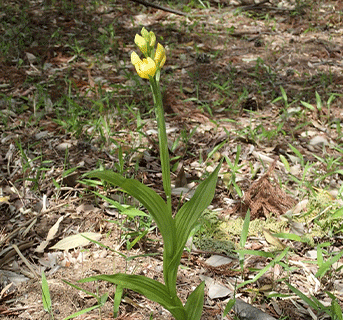
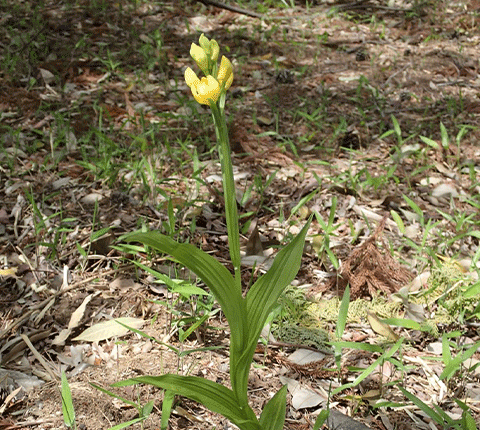
-
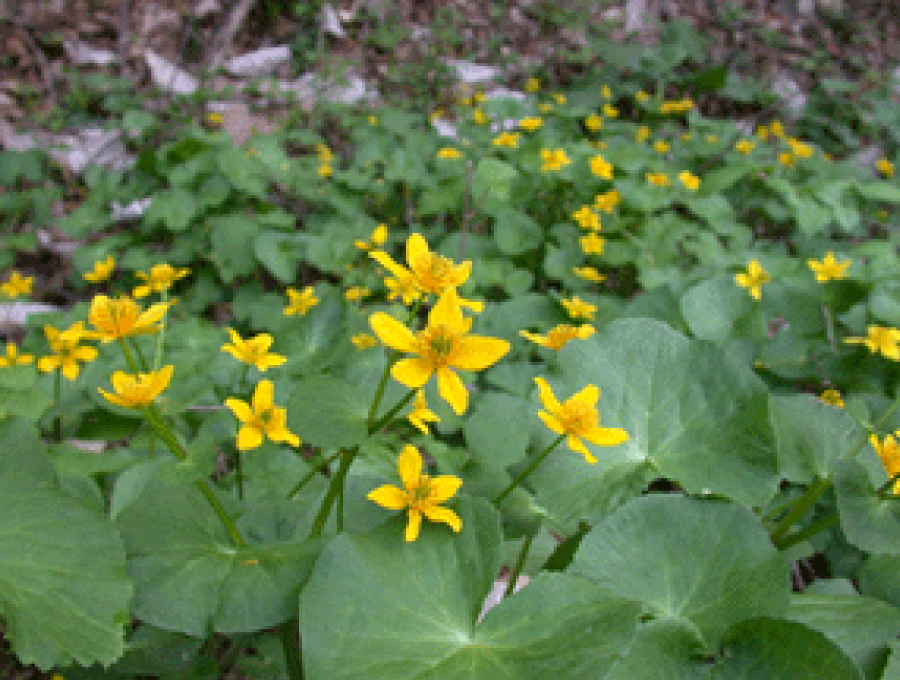
Nasturtium
Ranunculaceae
The Japanese name is “tachikinhana” (meaning “standing golden flower”), so named because the stem rises up and produces golden flowers. It grows in wetlands along clear streams in sunny mountainous areas, and its flowers open as the snow melts. What looks like petals is actually the “stem,” and the flowers do not have real petals. -
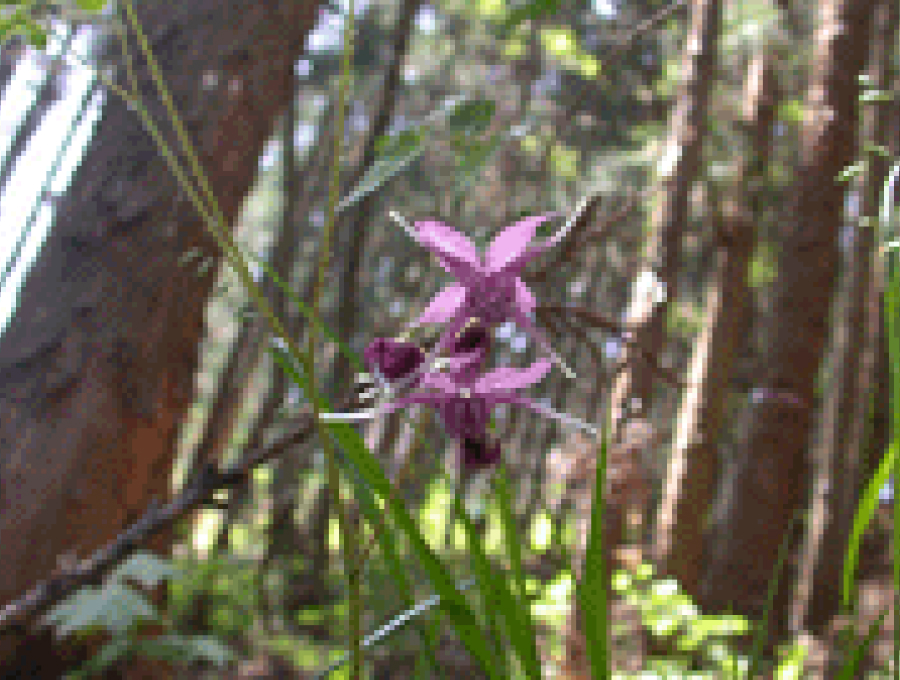
Horny goat weed
Berberidaceae
The Japanese name is “anchor grass,” named for its anchor-like flowers. It grows underground with long stems and leaves above ground in clusters on the forest floor in brightly wooded areas. The long, protruding tips of the anchor-shaped petals hold nectar, which is often used by bumblebees. -
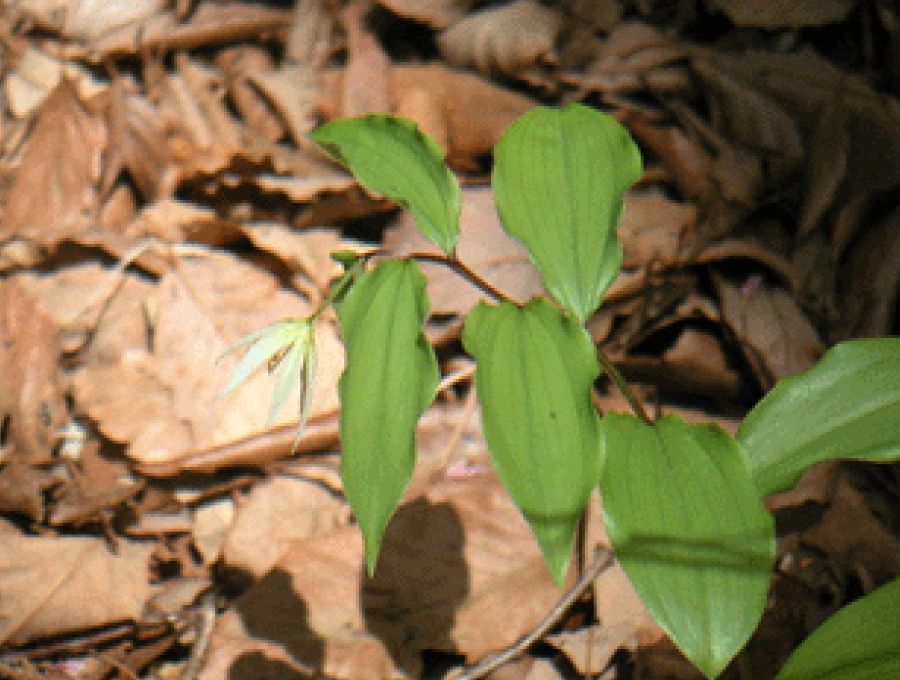
Siberian lily
Liliaceae
Its Japanese name is “juvenile lily,” derived from the shape of its dainty, small flowers that bloom in a slumped position. The long stems grow underground, and at the end of the spring vegetation, the stems grow above ground and grow in clusters on the forest floor. It is a perennial herb, but the parent plant dies at the end of summer, and new plants often grow from the buds at the tips of the remaining underground stems. -
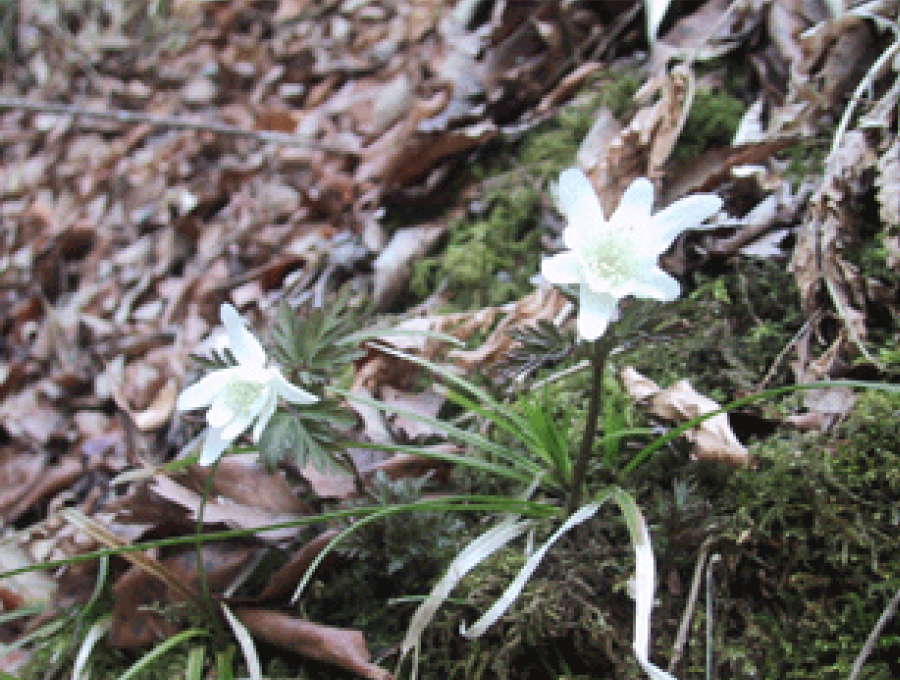
Rhododendron kikuzaki
Ranunculaceae
Its Japanese name is “Kikusaku Ichika,” and it is a member of the Ichirinso (also known as “Ichikasou” or “Ichigesou”) family, so named because its flowers resemble chrysanthemums. The flower color ranges from white to light purple, and a variety of colors can be seen. In this species, too, what appear to be petals are “buds. The flowers are magnificent in early spring when they bloom all over the forest floor, but they spend most of the year under the deciduous leaves. In early spring, the stems and leaves emerge from the ground to bloom, and during a period of only about two months, photosynthesis takes place to store nutrients in the ground. In early summer, the above-ground parts of the plant die, leaving the fruits. Such plants are called “spring plants. -
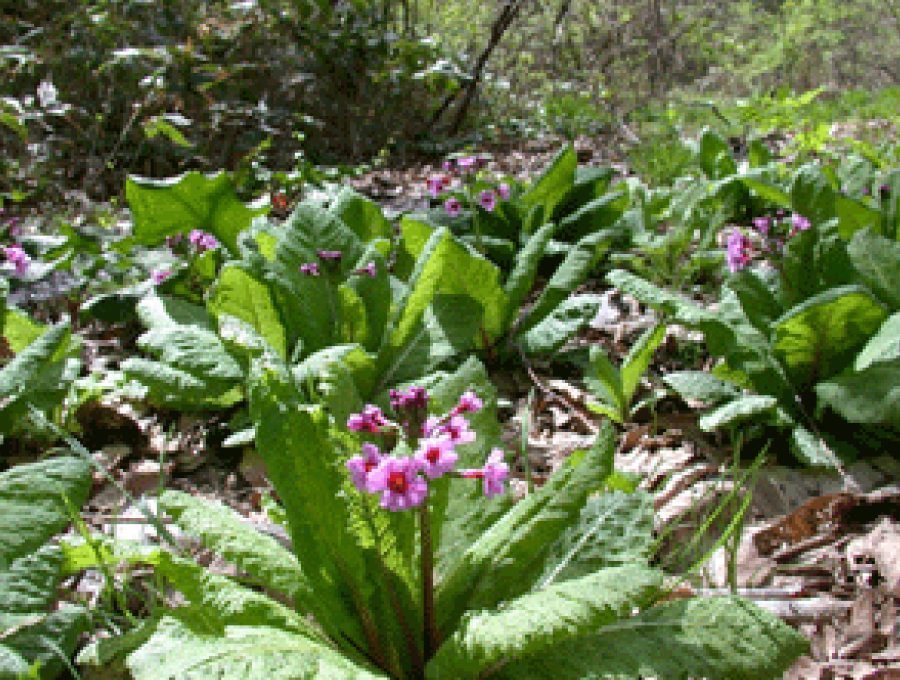
Kamchatka stonecrop
Primula
The Japanese name is “kurin kusa,” which means “nine-ringed grass.” The name comes from the multiple layers of flowers that resemble the nine rings of a five-story pagoda. It grows in clusters in marshes along mountain streams and in bright forests. In spring, it produces reddish-purple flowers at the tips of the elongated flower stalks.


